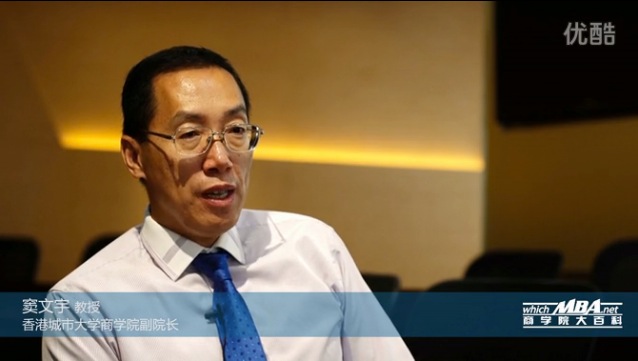October 9, 2018 ? Today the Executive MBA Council (EMBAC) announced the results of the 2018 EMBAC Membership Program Survey, which revealed more globalization of Executive MBA (EMBA) programs, strategic use of technology to support classes and enrollment, and an increase in distance learning to meet students’ needs and expanding learning styles. Students seek out EMBA programs for career development and the opportunity to gain new perspectives to look at business issues through a more strategic lens while solving problems in an efficient and forward-thinking manner.
“There is no substitute for an Executive MBA program,” said Michael Desiderio, executive director of EMBAC. “As advancements in technology continue to reshape the world, the demand for leaders capable of leveraging these technologies will be at an all-time high. Executive MBA programs give students the tools they need to position themselves as invaluable leaders in the market. These programs provide students with the opportunity to explore new professions, seek out new industries and even experience new countries. As a result, the need for these programs is continuing to rise.”
In 2018, survey results show that 54 percent of EMBA programs offer distance learning options compared to 42 percent in 2015. Additional insights from the 2018 EMBAC Membership Program Survey include:
• Electronic delivery of course materials remains the most commonly implemented use of technology; additionally, 17 percent of programs indicate an increase in the use of classroom video recording.
• There is also an increase in video (YouTube) usage for promoting programs: 56 percent in 2018 from 44.7 percent in 2014.
• In 2018, the average age of enrolled EMBA students stayed at 38 years old with 14 years of work experience and approximately nine years of management experience.
• The trend toward more self-funded students and fewer fully-funded students continues. In 2018, more than 45 percent of students were self-funding, and just over 35 percent of students received partial sponsorship.
As globalization evolves, EMBA programs continue to see a diverse group of students from varied backgrounds. In fact, diversity within EMBA programs continues to increase as well. The 2018 results show the percentage of enrolled female students increased 4.2 percentage points from 2014; nearly 30 percent of EMBA students are female.
As for industries in 2018, healthcare/pharma/biotech made up the highest category ? at 12.8 percent ? where new entrants are currently employed. Year-over-year, this category continues to outpace others with technology next in line at 9.9.
The EMBA Council currently includes more than 200 colleges and universities that administer 300 plus programs in more than 30 countries worldwide. Each year the EMBAC conducts a Membership Program Survey using the current methodology annually since 2003. In 2018, the survey was conducted by Percept Research, held from April 10 to July 15, 2018, and was completed by approximately 87.5 percent of the EMBA member programs.
About the Executive MBA Council
The Executive MBA Council (EMBAC) is a non-profit association of universities and colleges that offer Executive MBA Programs. EMBAC’s vision is to be the preeminent global voice of the Executive MBA industry. The Council supports its members in fostering excellence and innovation in Executive MBA programs worldwide by providing outstanding educational and networking opportunities for professionals who deliver Executive MBA programs. EMBAC’s mission is to advance the cause of EMBA Programs by providing necessary thought leadership, serving as a facilitator of best practice sharing and knowledge dissemination, and fostering a community among high-quality programs.







